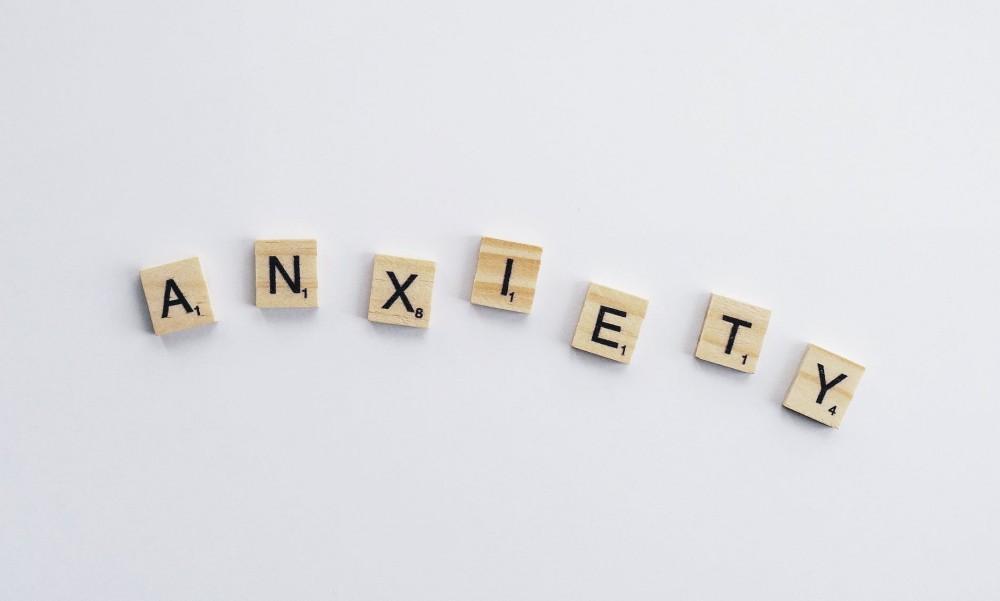Debt is a heavy burden that affects not just your financial well-being, but also your mental and emotional health. The psychological toll of debt often leads to behaviors that perpetuate the problem and trap people in a cycle that feels impossible to escape.
Debt can create a constant feeling of stress and anxiety, particularly for those who already struggle financially. Services like moneyfor.com offer resources to help you navigate these challenges, but it’s important to recognize that eliminating debt is not just about money management. It also requires addressing the psychological barriers that make it difficult to get out of it in the first place.
Why Debt Feels Overwhelming
First is the sense of being stuck in a cycle that is hard to break. As it grows, so do the interest and fees, which makes it seem as though no matter how much you pay, you are never making real progress. This can lead to avoidance, where people try to ignore the problem because it feels too big to handle. Unfortunately, avoidance only worsens the problem and allows debt to grow even further.
This emotional strain often leads to paralysis. When you feel hopeless about your situation, you may stop taking action altogether, thinking there is no point in anything. This leads to a cycle of inaction, where the lack of progress creates more stress, and that stress makes it even harder to take steps to improve your situation.
Emotional Triggers Behind Debt
Stress, Anxiety, Boredom

Impulsive spending, driven by negative feelings, is a common factor that leads people to debt. For some, it becomes a way to cope with difficult emotions but ultimately leads to more financial strain, which reinforces the cycle of debt. In moments of anxiety or boredom, spending may feel like a temporary escape or a way to regain control, but it often results in deeper financial trouble and compounds the stress it was meant to relieve.
Social Pressure
Many people feel the need to maintain a certain lifestyle, even if they can’t afford it. This leads them to use credit cards or loans to keep up. Whether it’s spending on vacations, dining out, or purchasing the latest gadgets, living beyond your means often results in debt that becomes harder to manage over time.
Shame and Guilt
When people find themselves deep in debt, they may feel embarrassed to talk about it or ask for help. This isolation further compounds the problem, which makes it harder to break the cycle because people feel as though they have to manage their debt on their own.
How Debt Affects Your Decision-Making
The stress and pressure of debt often lead to short-term thinking, where the focus is on immediate relief rather than long-term solutions. This mindset can cause people to take on more debt to cover current expenses, such as payday loans or credit cards. Unfortunately, this approach only adds to the burden and makes it harder to get out of it in the long run.
Debt also creates a sense of urgency that clouds judgment. People may feel pressured to make quick financial decisions without fully understanding the consequences. Some common mistakes include:
- Agreeing to unfavorable loan terms or high-interest payday loans
- Refinancing without understanding the long-term costs
- Using credit cards for regular expenses and essentials
The constant worry about money can lead to decision fatigue. When you are stressed about debt, it becomes harder to make clear, thoughtful decisions. Instead, you may resort to automatic, often harmful behaviors, such as spending impulsively or neglecting to pay bills on time.
Breaking the Cycle: A Shift in Mindset
Here, it is essential to shift your mindset from feeling trapped to seeing a way out. This begins with acknowledging the problem and accepting that change is possible, even if it takes time. By focusing on small, manageable steps, you can start to make progress and regain control of your financial situation.
One of the most important steps in this process is to confront the issue head-on. This means taking an honest look at your financial situation, including how much you owe, what your monthly expenses are, and where your money goes. Once you have a clear understanding of your finances, you can begin to create a plan to pay off your debt.
Practical Steps to Pay Off Debt
The Snowball Method
This method of paying off what you owe includes focusing on your smallest debts first. As you eliminate those, you build momentum and gain confidence that you can tackle larger debts over time. This method works well for those who need quick wins to stay motivated.
The Avalanche Method
This one is the complete opposite. It includes paying off debts with the highest interest rates first. It can save you more money in the long run, as you reduce the amount of interest you pay over time. While it may take longer to see progress, this approach is highly effective for reducing the overall cost of debt.
The Budget

A well-developed budget can help you track your income and expenses, which allows you to identify areas where you can cut back and redirect money toward paying off your debt. It also provides structure and accountability. These will help you stay on track with your financial goals.
Debt Relief Programs
If your debt feels overwhelming and unmanageable, you may consider a debt relief program. These programs are designed to help you consolidate or negotiate your debts. Debt relief can provide much-needed breathing room and help you avoid defaulting on loans, making it easier to get back on track financially.
Seeking Support to Overcome Debt
Breaking free from the psychological and financial burden of debt is much easier when you have support. Whether it’s with friends, family, or professionals, talking about your financial situation can reduce the emotional strain and help you stay focused on your goals.
There are also financial counselors and debt management programs that can offer guidance and assistance. These professionals can help you develop a plan for paying off what you owe, negotiate with creditors, and provide emotional support as you work to regain control of your finances.
Changing Your Relationship with Money
To prevent falling back into debt, it’s important to change your relationship with money. This means shifting your focus from short-term expenses to long-term financial stability. Instead of using credit to cover immediate needs, start building an emergency fund, even if it’s small at first. Savings will reduce your reliance on credit and give you more financial security.
It’s also important to develop healthier spending habits. This may involve cutting back on non-essential expenses, setting financial goals, and learning to live within your means. By making these changes, you can create a more stable financial future and avoid falling back into the debt cycle.

